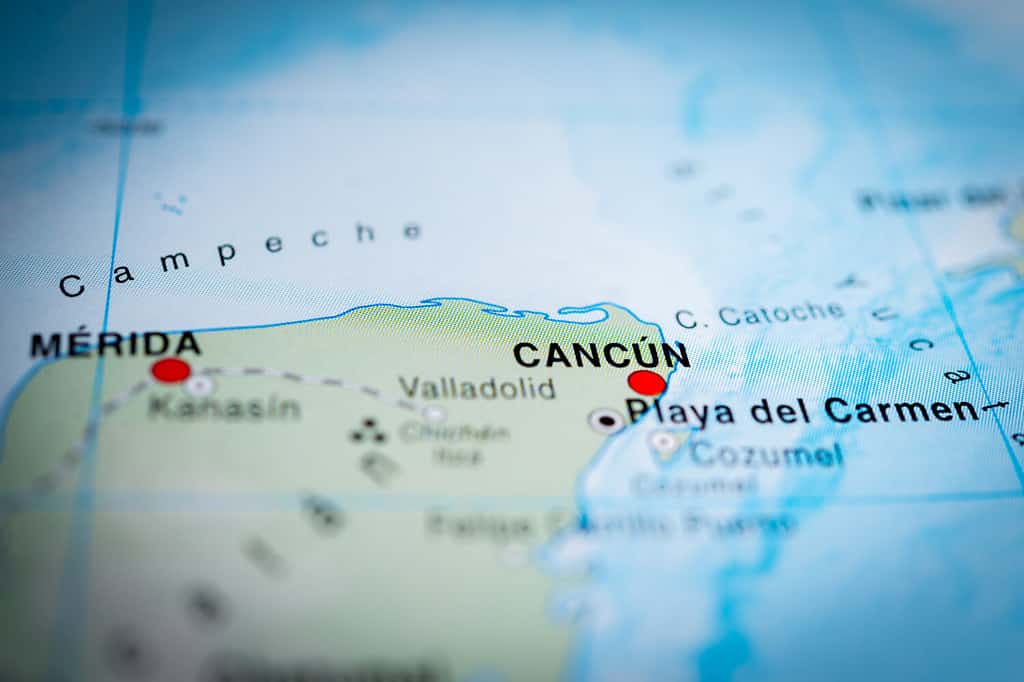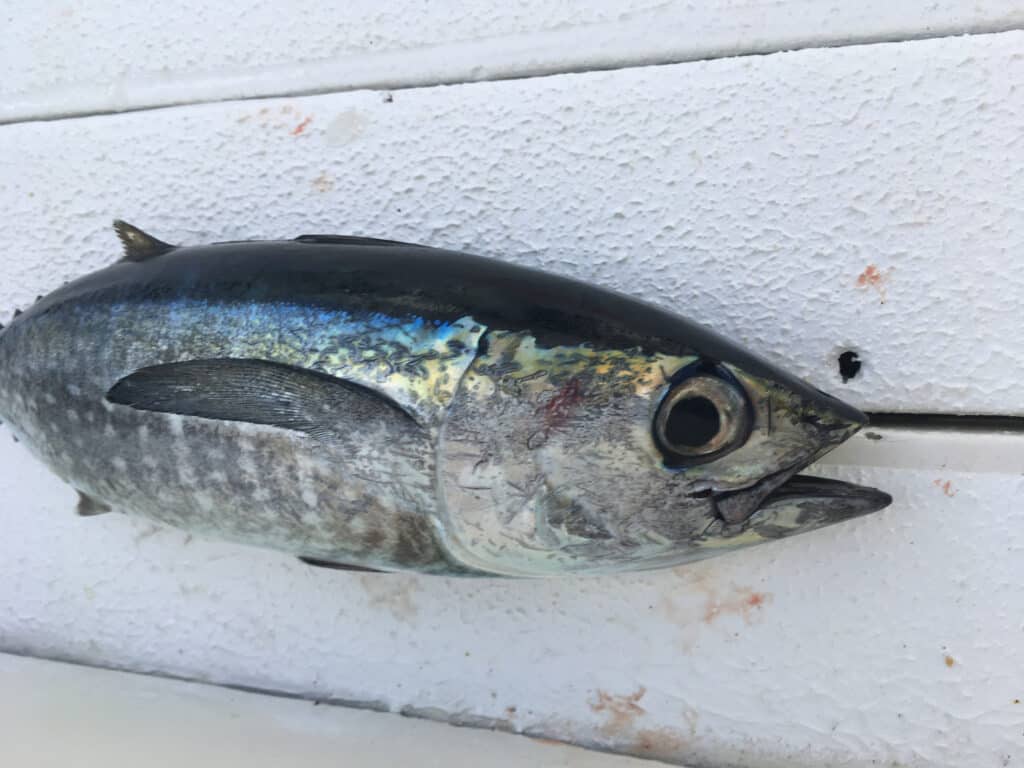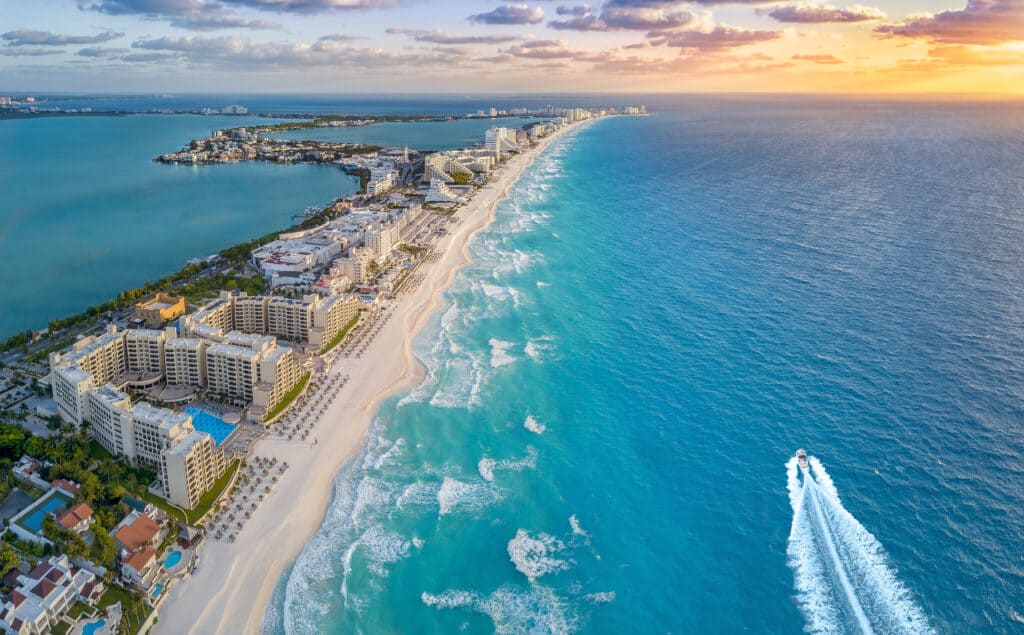Cancun is a tropical paradise on the northeastern coast of the Yucatan Peninsula in Mexico. It is renowned for its turquoise waters, pristine beaches, and vibrant nightlife. Yet, beneath its idyllic facade lies a common meteorological phenomenon that shapes its landscape and character: rain.
Understanding the Rainy Season in Cancun
The rainy season in Cancun typically spans from June to October. This marks a period when the region experiences increased rainfall, higher humidity, and the occasional thunderstorm. This climatic phenomenon is a result of a complex interplay between oceanic and atmospheric forces, driven by the shifting patterns of tropical weather systems.
Tropical Cyclones and Hurricanes
One of the primary drivers of Cancun’s rainy season is the presence of tropical cyclones and hurricanes. These form over the warm waters of the Caribbean Sea and the Atlantic Ocean. These powerful storms bring torrential rain and high winds to the region, causing significant precipitation and occasionally leading to flooding. The warm ocean waters also provide the energy needed for these storms to intensify, which makes Cancun susceptible to their impacts.
Intertropical Convergence Zone (ITCZ)
The ITCZ, also known as the doldrums, is an area near the equator where the trade winds from both hemispheres converge. This convergence leads to the uplift of warm, moist air, which in turn triggers the formation of clouds and heavy rainfall. During the rainy season in the Northern Hemisphere, the ITCZ shifts northward, bringing precipitation to Cancun and other parts of the Yucatan Peninsula.
Monsoon Flow
The seasonal shift in wind patterns, known as the monsoon flow, also plays a significant role in Cancun’s rainy season. As the Northern Hemisphere warms during the summer months, the prevailing winds carry moisture-laden air from the Caribbean Sea toward Cancun. This results in increased humidity and rainfall.

Cancun is located in the tropics, which makes it prone to having a lot of rain due to warmer ocean waters.
©Tudoran Andrei/Shutterstock.com
The Science Behind Cancun’s Rainfall
As mentioned before, the substantial rainfall in Cancun can be attributed to its location within the tropical climate zone and the convergence of various meteorological elements. The combination of warm ocean temperatures, moist air masses, and the geographical layout of the Yucatan Peninsula all contribute to the region’s propensity for heavy rainfall. Some of these are described in more detail below:
Warm Ocean Waters
The Caribbean Sea, which bathes the coastline of Cancun, acts as a heat reservoir. The warm ocean waters provide ample energy for the evaporation of water, which leads to the formation of clouds and the eventual release of rainfall.
Orographic Lifting
The topography of the Yucatan Peninsula plays a role in enhancing rainfall during the rainy season. When moist air from the Caribbean Sea encounters the landmass, it is forced to rise due to the terrain’s elevation. This orographic lifting results in the cooling of the air, causing condensation and the subsequent formation of rain clouds.
Atmospheric Instability
The combination of warm, moist air from the ocean and the heating of the land during the day creates an environment of atmospheric instability. This instability can lead to the development of thunderstorms, which bring intense rainfall and lightning.

Cancun receives heavy rainfall, especially during the peak months of August and September.
©photopixel/Shutterstock.com
The Peak Timing of Rainfall in Cancun
While the rainy season spans several months, there are distinct periods when rainfall is particularly intense. This peak time in Cancun typically occurs from August to September. During these months, the convergence of multiple meteorological factors, as mentioned before, leads to a higher likelihood of heavy rain and thunderstorms.
August is often considered the wettest month, with frequent afternoon thunderstorms and occasional downpours. The increased humidity and warm ocean temperatures provide the necessary ingredients for these storms to develop and release copious amounts of rainfall. September follows a similar pattern, continuing the trend of significant precipitation.
On average, Cancun receives around 6 to 9 inches (150 to 225 mm) of rainfall per month during the rainy season.
Wildlife That Thrives During Rainy Season in Cancun
Cancun’s rainy season offers a haven to a wide array of animals that thrive in the wetter conditions. Environments from vibrant rainforests to coastal wetlands teem with life during this season. Here are some animals that flourish during Cancun’s rainy season:
1. Amphibians
Amphibians are well-adapted to the rainy season’s increased moisture levels since they prefer humid environments. Frogs, toads, and salamanders are commonly spotted in Cancun’s wetlands and rainforests. These creatures take advantage of the abundant water to breed and lay their eggs. During the rains, the symphony of their calls fills the air, creating a distinctive chorus that characterizes Cancun’s rainy nights.

The barking frog thrives in tropical regions like Mexico.
©William L. Farr / CC BY-SA 4.0 – License
2. Reptiles
Snakes, lizards, and iguanas are also more active during the rainy season. The increase in moisture leads to a rise in insect populations, which provide a bountiful food source for reptiles. Some snake species, such as the vibrant green tree snake, blend into the green environment as they move along tree branches in search of prey. Iguanas, a common sight in Cancun, also thrive during this season, taking advantage of the lush vegetation.
3. Birds
Cancun’s rainy season is a boon for birdwatchers, as it attracts numerous avian species. Migratory birds, such as warblers and flycatchers, make their journey to Cancun to take advantage of the abundant food and nesting opportunities. Resident birds, like parrots and toucans, enjoy the lush fruits and foliage brought on by the rains.

Ruby-throated hummingbirds typically migrate to spend their winters in warmer regions like Mexico and Panama.
©Ramona Edwards/Shutterstock.com
4. Insects
While often overlooked, insects play a crucial role in the ecosystem and experience a surge in population during the rainy season. Butterflies, mosquitoes, and various pollinators thrive in the damp environment, benefiting from the abundance of nectar and water sources. While mosquitoes can be a nuisance to humans, they are an essential food source for many other animals, including birds and bats.
5. Freshwater Creatures
Cancun’s aquatic environments, including cenotes, which are natural sinkholes, and freshwater rivers, come alive during the rainy season. Fish, crustaceans, and other aquatic creatures benefit from the increased water flow and availability of food. The vibrant colors of freshwater fish, such as cichlids, shine brighter against the backdrop of lush underwater vegetation.

Blackfin Tuna is commonly caught in Cancun, Mexico
©iStock.com/Paul Nickless
6. Bats
Bats, often misunderstood creatures, play a vital role in controlling insect populations. The rainy season brings an abundance of insects, providing bats with ample sustenance. These nocturnal creatures are particularly active during this time, emerging at dusk to embark on their nightly foraging missions.
7. Terrestrial Mammals
While some terrestrial mammals, such as raccoons and agoutis, can adapt to a range of conditions, others take advantage of the rainy season’s increased food availability. For instance, anteaters and armadillos, which feed on insects and larvae, find their meals more plentiful during this time.
Navigating the Rainy Season
Travelers looking to explore Cancun during the rainy season can still enjoy all that the region has to offer with a few precautions and strategies in mind.
- Plan outdoor activities, such as excursions and sightseeing, during the morning hours when the weather is generally clearer and the likelihood of rainfall is lower.
- Be prepared for sudden rain showers by carrying a light raincoat or umbrella. Water-resistant footwear and quick-drying clothing are also recommended.
- Have a flexible itinerary that allows for adjustments in case of inclement weather. Consider going to indoor attractions, museums, and shopping centers on rainy days.
- Keep an eye on weather forecasts and updates to make informed decisions about outdoor plans. Local news outlets and weather apps can provide real-time information about rainfall patterns.

Cancun is a popular destination for visitors throughout the year, owing to its great weather.
©jdross75/Shutterstock.com
The photo featured at the top of this post is © Darren Tierney/Shutterstock.com
Thank you for reading! Have some feedback for us? Contact the AZ Animals editorial team.







